What do skulls drawn in Israel Keyes' blood mean?
“48 Hours” and correspondent Peter Van Sant get the first look at never-before-seen evidence in the FBI’s search to identify victims in “Tracking the Murders of Israel Keyes.”
During the course of “48 Hours'” investigation into the murders of serial killer Israel Keyes, the FBI promised to reveal important details never before made public. When producers Chris O’Connell, Anthony Venditti and I entered a meeting room at the Anchorage, Alaska FBI field office, we didn’t realize just how unnerving that promise would be. One by one, FBI Special Agents Jolene Goeden and Katherine Nelson began placing sheets of paper before us. Each sheet featured a haunting, hand painted image of a human skull, with eyes looking back at us. The artist? Israel Keyes.The paint he used? His own blood.
“He drew a series of 11 skulls,” Goeden said. “These skulls are drawn in blood and these were found underneath his bed in his jail cell. And one of them says, “We are one” … We believe that 11 is the total number of victims.”
Keyes secretly painted the skulls in his jail cell. They were discovered before he committed suicide in that same cell, in December 2012. The FBI believes Keyes’ killing spree stretched from Vermont to Alaska, likely between 2001 and 2012. In recorded interviews, Keyes says he chose people to murder completely at random.
“Once I started, you know, there was nothing else like it,” he told an interrogator.
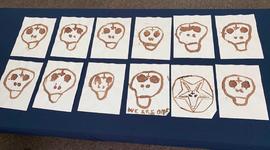
25 Photos
Solving the murders of Israel Keyes
Inside the investigation of a serial killer and the FBI’s mission to identify unknown victims.
“It was very disturbing, but also very saddening to know that that many people were victims to his crimes,” Special Agent Nelson said solemnly. “I think he took pleasure in doing it.”
The FBI has described Keyes as one of the most meticulous serial killer in American history. He buried or hid large plastic containers that he called “kill caches” in at least four states. “48 Hours “was the first news operation to be shown the contents of one of Keyes’ caches. Among the things inside was a handgun, a homemade silencer, ammunition and zip ties.
“He needed all of this to do what he wanted to do. And that was ultimately to sexually assault and to kill,” Goeden said.
One person that Keyes admitted abducting and killing was Samantha Koenig, 18, of Anchorage, Alaska. On the night of February 1, 2012, investigators say Keyes dove through an open window of a roadside espresso stand where Samantha worked. The dramatic leap was captured on security camera video.
Keyes fled to the lower 48 and began a long road trip to Texas. Along the way, Keyes used Samantha’s ATM card, which was being closely monitored by law enforcement. A picture from an ATM camera showed his rental car in the background. That mistake helped authorities track him down in Texas, where he was arrested in March of 2012 and extradited back to Alaska, where Keyes owned his own construction business. Over the next seven months, Keyes teased investigators, giving out some details of three other murders.
“The information that I still have could come in handy,” Keyes chuckled in one interview.
It’s been seven and a half years since Keyes died. The FBI is hoping our “48 Hours” report will encourage people to come forward and help them solve other cases.

25 Photos
Solving the murders of Israel Keyes
Inside the investigation of a serial killer and the FBI’s mission to identify unknown victims.
“All the victims that we don’t have identified. That what this case is all about,” Goeden said.
Special Agent Katherine Nelson says the case remains open.
“It won’t be easy by any means,” Nelson said. “And it may take a long time. But I’ll never give up trying.”
With the public’s help, the FBI hopes to one day attach a name to each of the skulls that Keyes painted. If you have any information that be of interest to authorities, please call the FBI at 1-800-CALL-FBI, or report tips online.
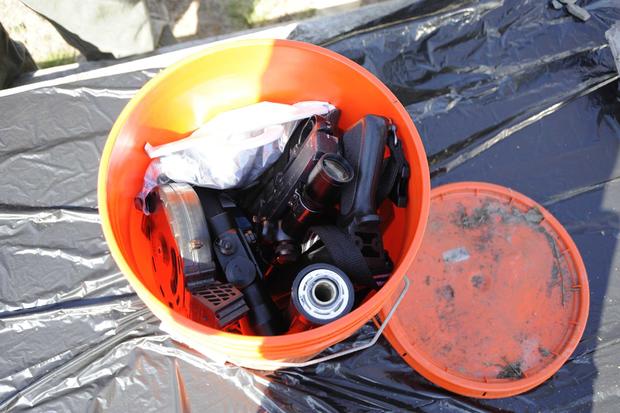

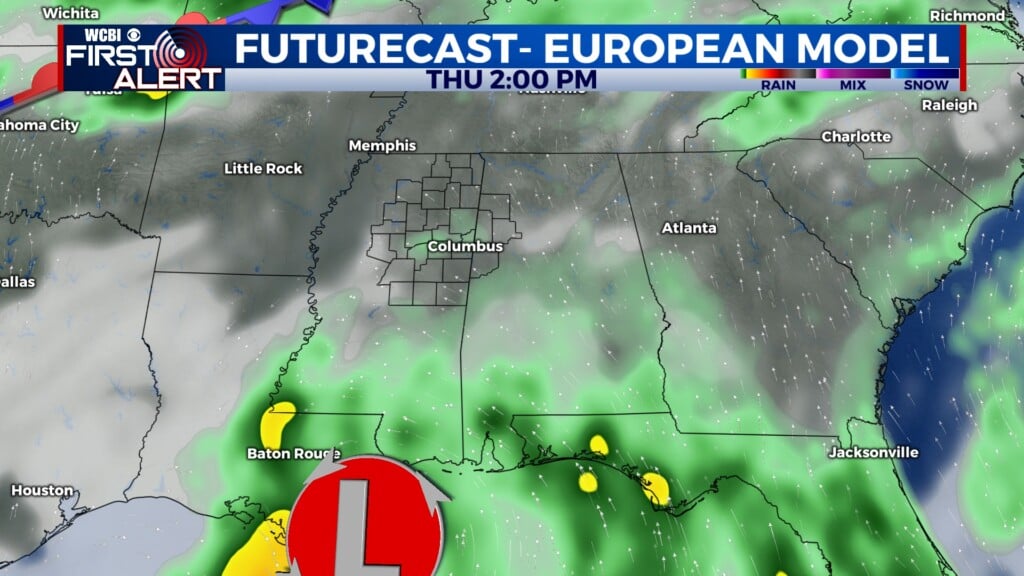
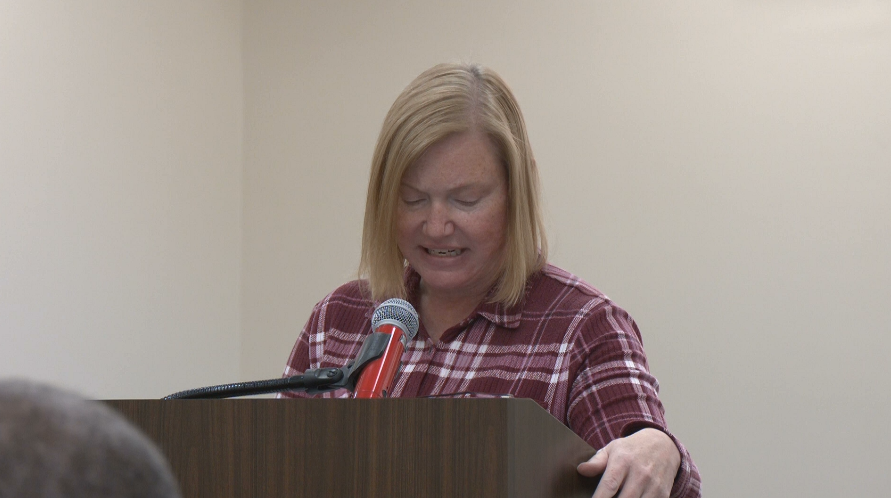
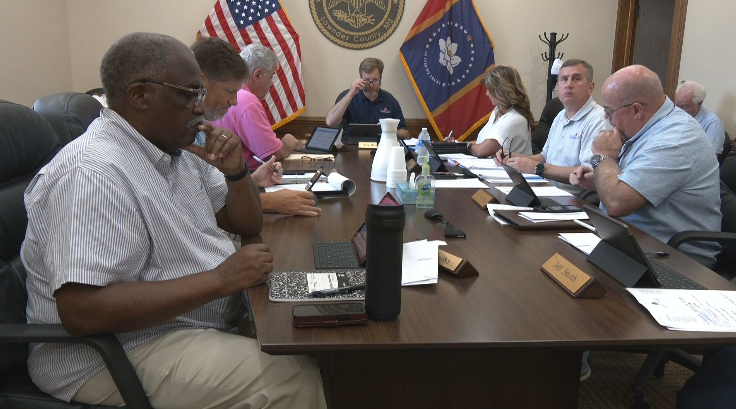
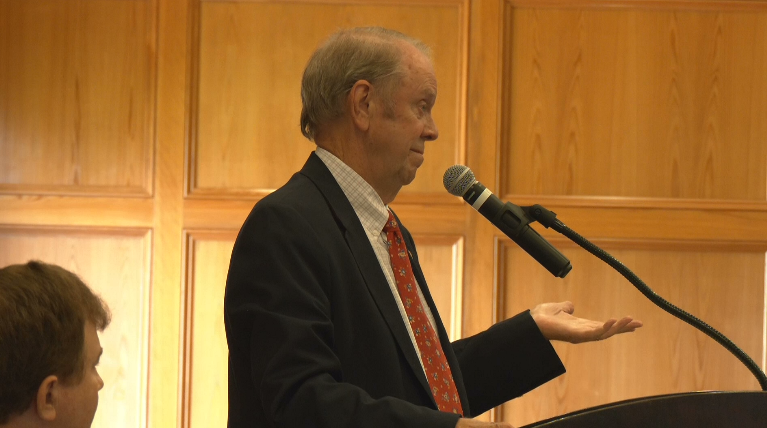
Leave a Reply